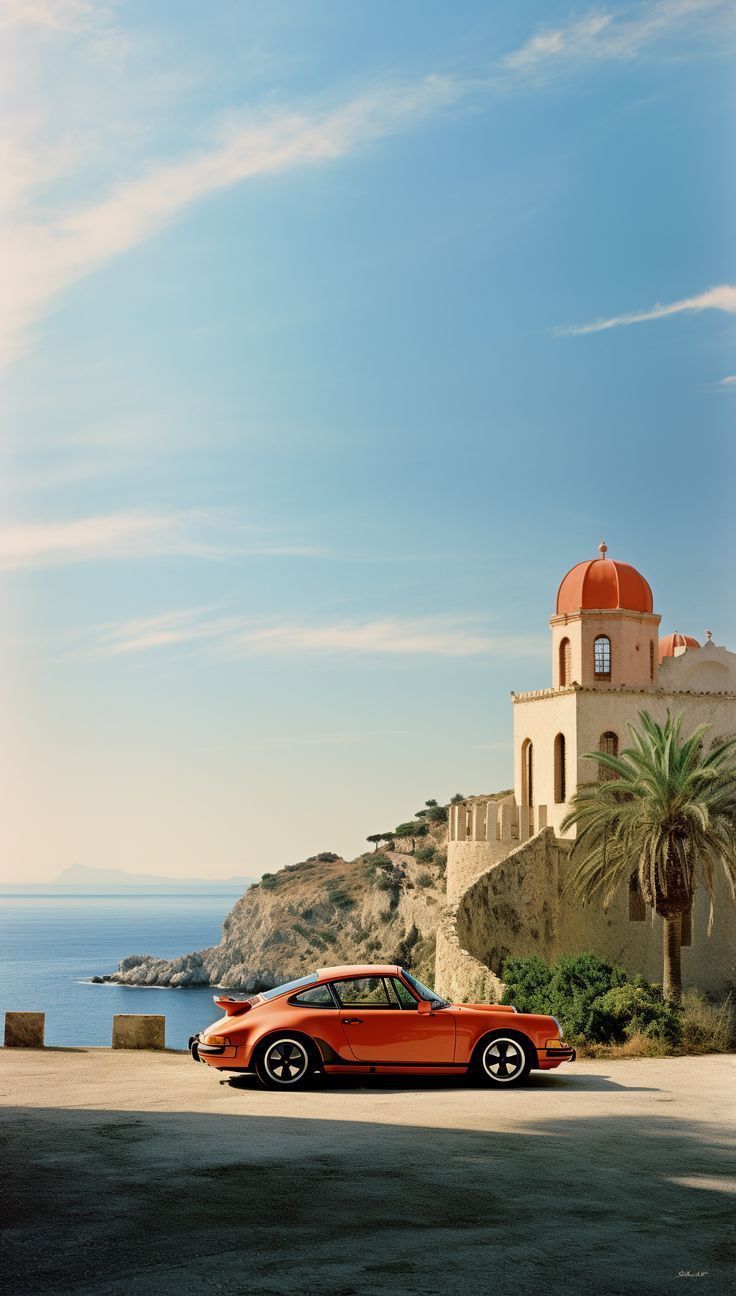How to Maintain Exclusivity While Growing on Social Media
Social media moves fast. For premium and luxury brands, the challenge isn’t just visibility but how to grow without losing exclusivity.

In a space that rewards constant output and mass appeal, staying desirable means thinking differently. With the right strategy, brands can scale reach while protecting their edge.
Platform-specific tactics, curated content, and selective access can deepen aspiration and loyalty. When done right, visibility doesn’t dilute the brand; it elevates it.
Why Exclusivity Still Matters in the Digital Age
In a world of endless scroll and instant access, exclusivity is more powerful than ever. For premium and luxury brands, scarcity is not just a selling tool; it is a brand signal. Limited editions, selective access, and controlled drops create a sense of rarity that drives aspiration and trust. When everything else feels available on demand, what is harder to get becomes more desirable. Exclusivity is not about being out of reach; it is about being worth the wait.
But there is a tension: visibility drives growth on social, yet too much exposure can erode the very sense of exclusivity that sets a brand apart. The challenge is knowing what to share and what to hold back, building desire while maintaining mystique.
The Risks of Chasing Reach at the Expense of Brand Equity
For premium and luxury brands, not all growth is good growth. Tactics that prioritise mass appeal, from viral trends to overly promotional content, can quickly erode the sense of exclusivity that sets a brand apart. Balenciaga’s 2022 holiday campaign is a well-known example.
The brand released imagery featuring child models holding teddy bears styled in harnesses resembling BDSM attire, surrounded by props like empty wine and champagne glasses. The backlash was swift, resulting in Kim Kardashian's reconsideration for their brand partnership, damaging the brand’s image and raising questions about its judgment. In the pursuit of attention, the campaign lost sight of alignment, and the result was reputational harm.
It is also worth rethinking traditional success metrics. A high follower count does not automatically translate to high desirability. The most aspirational clubs, credit cards, or fashion houses are not defined by how many people they attract but by how selective they are. The same principle applies on social. A potential customer might not follow your brand today, but that does not mean they are not paying attention or aspiring to buy in.
What Exclusive-Looking Social Growth Actually Looks Like
Premium and luxury brands do not need to flood feeds to be effective. Instead, they should focus on a few core principles that signal quality and build mystique. This starts with how they show up, sound, and connect.
Elevated visuals
Premium content begins with aesthetics. Rolls-Royce sets the tone through cinematic Reels, carefully styled stills, and editorial-level storytelling. Every post feels crafted with the same level of care as the cars themselves, elevating the product and reinforcing its rarity.
Refined tone
Luxury brands do not need to explain themselves. The copy should reflect quiet confidence: minimal, assured, and never trying too hard. Dior Beauty, for example, often uses understated captions to highlight craftsmanship or ingredients, letting the imagery lead. Whether through elegant phrasing or purposeful silence, a refined tone builds credibility and trust.
Curated community
Growth is not about scale; it is about alignment. A luxury brand's audience should feel considered, made up of tastemakers, brand advocates, and culturally relevant creators. Loewe’s TikTok captures this well.
The brand shares platform-native content such as ASMR leather-cutting, surreal humour, and conceptual memes while maintaining a clear link to craft and design. The result is a highly engaged, culturally fluent following that connects with the brand’s point of view, even if they are not ready to purchase. It is aspirational, not transactional.
Restraint is a key part of what makes luxury content feel desirable. Posting less and saying less creates space for intrigue.
Premium and luxury brands should avoid trend-chasing and focus instead on moments that build a larger brand narrative. This approach cultivates scarcity and deepens desire. High-value metrics such as saves, shares, messages, and profile visits matter more than total reach. What counts is not how many people see the brand, but who feels drawn in.
Tactics to Scale Without Losing Your Premium Edge
Premium and luxury brands are making social media feel personal by sharing exclusive content with a select group of followers. Instagram’s Close Friends feature is increasingly used to offer behind-the-scenes glimpses, early product launches, or personalised interactions with a curated audience.
For example, when Jonathan Anderson debuted his Dior show, the brand chose to reveal the images first through an Instagram Story Close Friends activation. This meant only select editors and influencers handpicked by Dior were granted early access, creating a sense of exclusivity and VIP treatment that deepened engagement and anticipation among loyal followers.
Implementing waitlists or application-only access for product launches or events is another way luxury brands maintain exclusivity. This approach builds anticipation and ensures that the brand’s offerings are reserved for a select group, reinforcing premium status.
Featuring user-generated content from loyal customers serves as a powerful testament to a brand’s authenticity and quality. By showcasing content aligned with brand values and aesthetics, luxury brands build trust and deepen their connection with the audience, while encouraging others to engage and share their experiences.
The Role of Influencers and Ambassadors in Controlled Growth
Premium and luxury brands should carefully choose influencers whose values elevate rather than dilute the brand. Instead of working with mass-market creators, they should collaborate with tastemakers who bring cultural credibility.
A standout case is Gucci’s 2022 campaign with TikTok star Francis Bourgeois, featured in a creative film shared via Highsnobiety. By centering the campaign on his authentic train enthusiasm and charming digital persona, Gucci maintained its aspirational image while resonating with younger, diverse audiences, demonstrating how to engage community and culture while preserving exclusivity.
Earned media, rather than overt self-promotion, enables others to do the talking and build credibility and trust for premium and luxury brands. A recent example is when Rare Beauty hosted an exclusive event in Malibu ahead of a fragrance launch. Among approximately 30 global beauty creators, Ankush Bahuguna stood out as the only Indian and male influencer present.
He shared his experience (baking pistachio tiramisu with Selena Gomez) on Instagram, where the post generated significant organic attention and engagement, amplifying the product launch through authentic, audience-driven buzz and reinforcing the brand’s inclusive image. The post didn’t just share an event - it turned a moment of brand access into community-driven amplification, reinforcing both inclusivity and aspiration through highly engaged, shareable content.
Platform-Specific Advice: How to Stay Premium on Instagram, TikTok & More
Using curated grids allows premium and luxury brands to maintain a consistent and sophisticated aesthetic, ensuring every post reflects their identity and quality. The Close Friends feature offers a way to share exclusive content such as early product launches, behind-the-scenes access, or personalised interactions with a select audience, creating a sense of privilege and intimacy.
Story highlights help focus attention on key collections or moments, keeping the brand’s story streamlined and exclusive rather than overwhelming followers with too much content.
TikTok
Premium and luxury brands can succeed on TikTok by sharing behind-the-scenes or concept-driven content that tells the story of craftsmanship, design, or innovation. This type of content feels authentic and engaging while maintaining strict brand guardrails to protect the premium image.
The key is to balance creativity with control, ensuring the content resonates with TikTok’s younger audience without compromising the brand’s aspirational appeal.
Premium and luxury brands should use editorial-style pins and carefully curated moodboards to inspire aspiration on Pinterest. By showcasing lifestyle imagery such as interior design, fashion styling, or art, brands position themselves as tastemakers and sources of refinement.
This platform encourages discovery and desire through visually rich, inspirational content that aligns with luxury values.
Measuring Growth Without Compromising on Exclusivity
When evaluating social media performance, premium and luxury brands should look beyond surface-level numbers and focus on metrics that reflect genuine resonance and intent.
Indicators such as saves, profile visits, direct messages, and branded search volume signal that users are engaging thoughtfully, not just passively consuming content. These actions suggest a deeper level of interest. For example, a user saving a product post or searching for the brand by name is far more valuable than someone simply viewing a video.
Avoid placing too much weight on vanity metrics like raw reach, likes, or follower count. While these can offer scale, they rarely capture the quality of audience or the strength of brand connection. A sudden spike in followers may look impressive, but if those followers are not aligned with your positioning or are unlikely to convert, the impact is minimal and can even dilute the brand’s perception.
This approach aligns with a pull marketing mindset. Rather than relying on aggressive promotion, the brand builds an identity compelling enough for people to seek it out. When growth is driven by curiosity, aspiration, or cultural relevance, rather than constant self-promotion, it feels earned. Over time, this strategy not only sustains exclusivity but also reinforces brand equity in a more durable and intentional way.
Final Thoughts: Scarcity is Still a Strategy
Exclusivity is not about limiting growth - it’s about being intentional with how and where you show up. For premium and luxury brands, scarcity remains a powerful tool, not because it withholds, but because it builds anticipation, relevance, and value.
With the right creative execution and content structure, it’s possible to expand reach without eroding desirability. From selective partnerships to gated content and elevated storytelling, every touchpoint can reinforce the brand’s positioning while still inviting new audiences to aspire and engage. Growth, when guided by a clear point of view, doesn’t have to come at the cost of prestige.




